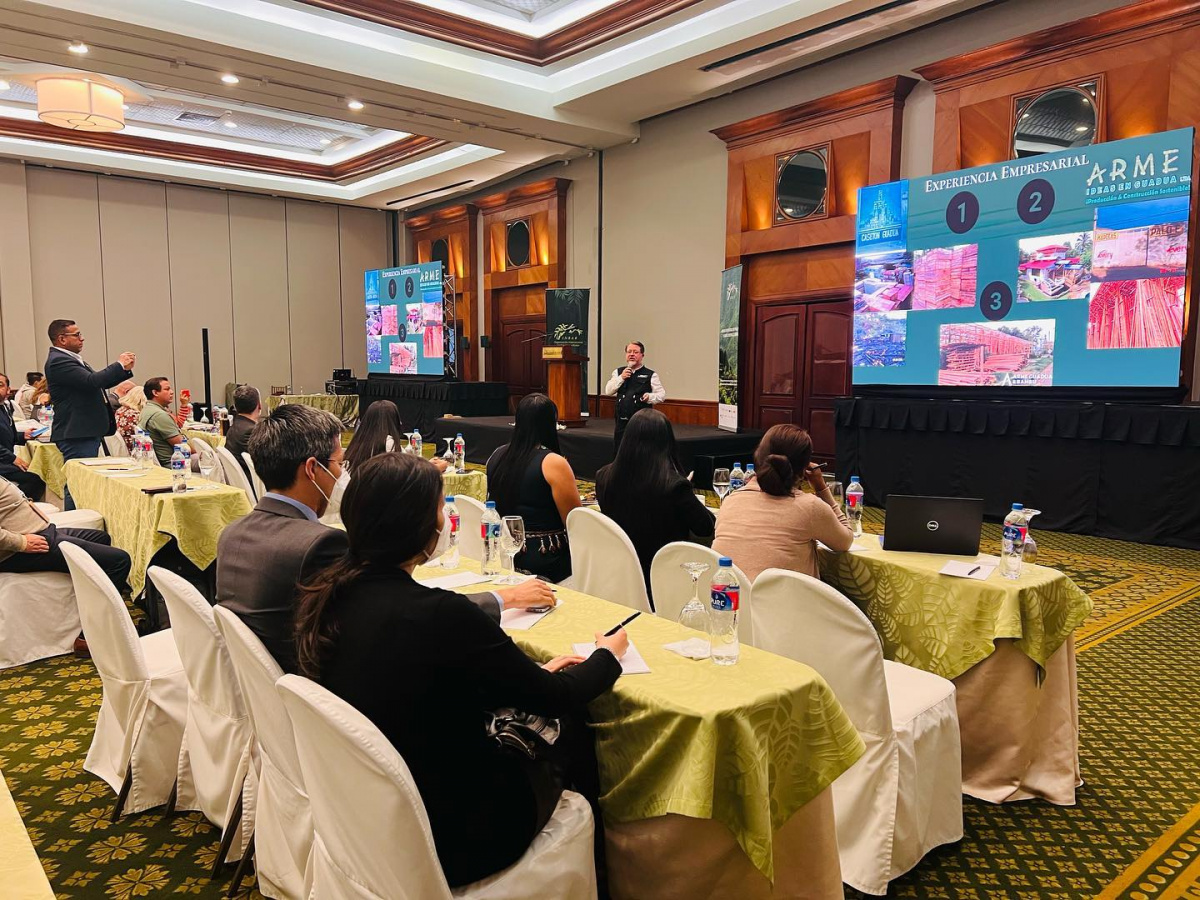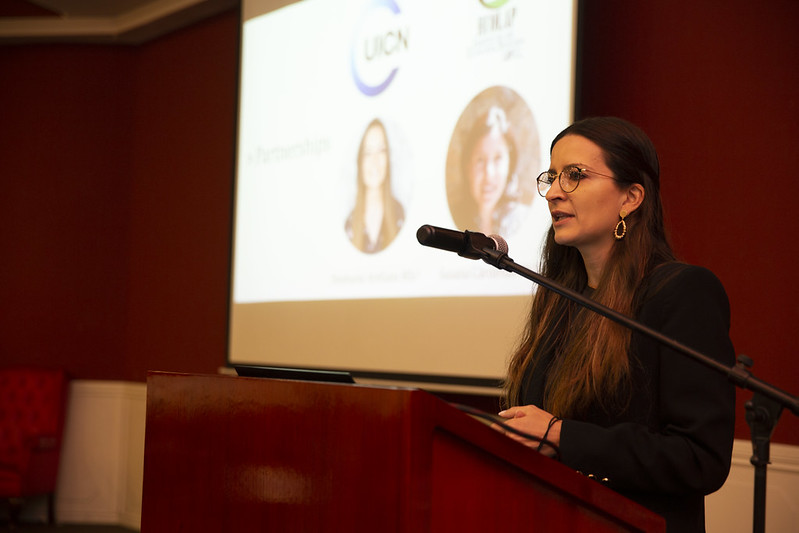Courtrooms are a New Frontier in Combating the Climate Crisis
The United Nations Environment Programme has released the UNEP Global Climate Litigation Report: 2020 Status Review. This critical report provides an overview of the current state of climate change litigation globally, as well as an assessment of global climate change litigation trends.
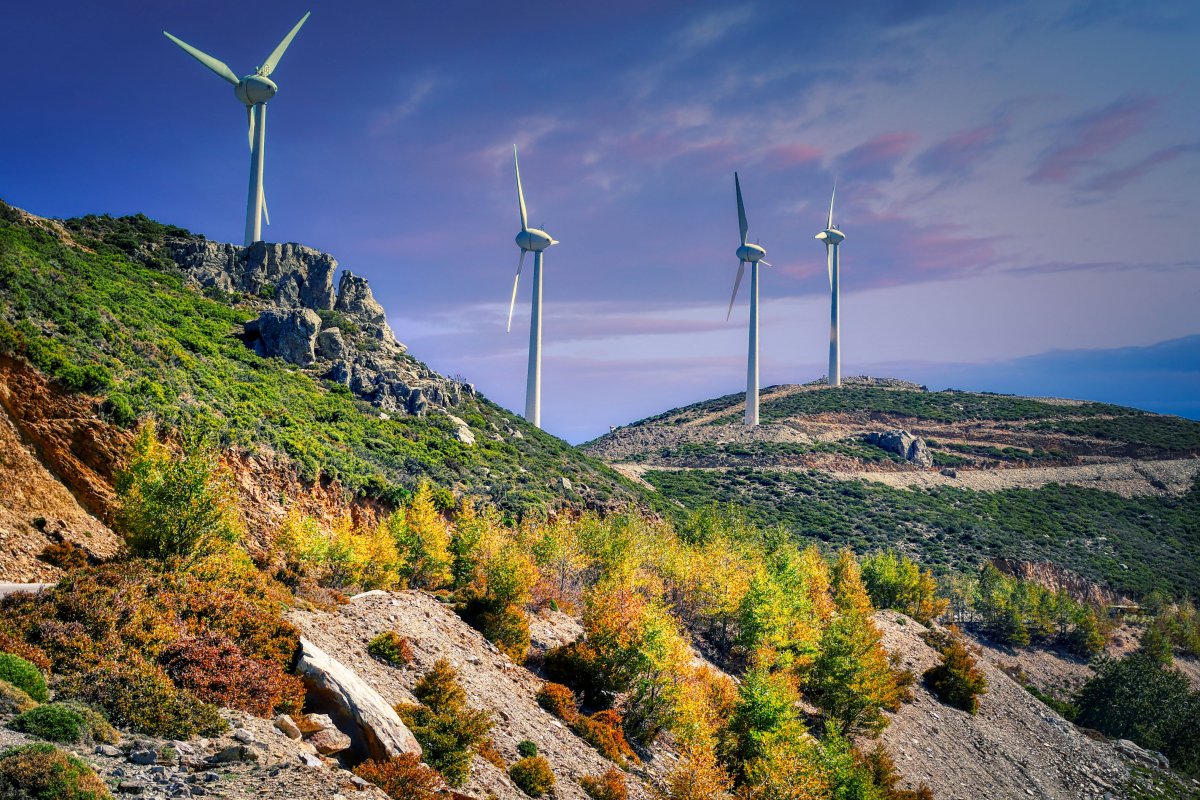
Photo: Pixabay
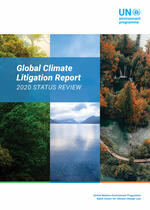 Photo: UNEP
Photo: UNEP
The report, prepared in cooperation with the Sabin Center for Climate Change Law at Columbia University, concludes that litigation is central to efforts to compel governments and corporate actors to undertake more ambitious climate change mitigation and adaptation goals, and litigants around the world continue to expand the range of theories under which defendants are obligated to take climate-related action.
Six key trends can be seen in climate cases worldwide. First, increasing numbers of cases rely on fundamental human rights enshrined in international law and national constitutions – such as the right to life and right to food – to compel climate action. Second, cases are increasingly challenging domestic enforcement (and non-enforcement) of climate-related laws and policies. Third, cases are advocating for greater climate disclosures and an end to corporate greenwashing about climate change and the energy transition. Fourth, cases are increasingly seeking to keep fossil fuels in the ground. Fifth, corporate liability and responsibility for climate harms is being sought by plaintiffs. And sixth, increasing numbers of cases are being brought addressing failure to adapt to climate change, as well as the impacts of adaptation.
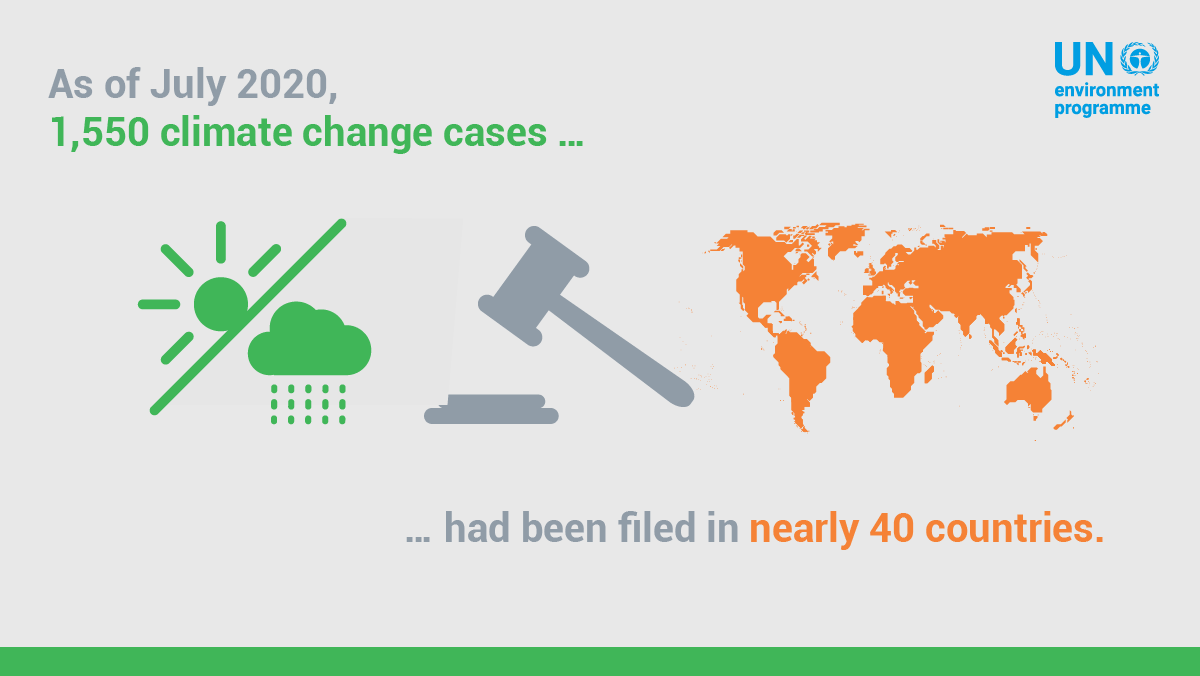 Photo: UNEP
Photo: UNEP
While climate litigation continues to be concentrated in high-income countries, and particularly the United States, the report’s authors expect the trend to further grow in the global south. Since UNEP’s report in 2017, new climate cases have been brought in Argentina, Brazil, Chile, Ecuador, Estonia, Indonesia, Kenya, Mexico, Peru, Poland, Slovenia, South Korea, and Uganda.
The background of plaintiffs is becoming increasingly diverse as well, with NGOs and political parties joined by children, senior citizens, migrants, and indigenous peoples. Just as they are particularly vulnerable to COVID-19, those groups of plaintiffs often stand at the forefront of climate change, enduring extreme weather, rising sea levels, and pollution.
“Citizens are increasingly turning to courts to access justice and exercise their right to a healthy environment,” said Arnold Kreilhuber, Acting Director of UNEP’s Law Division. “Judges and courts have an essential role to play in addressing the climate crisis”.
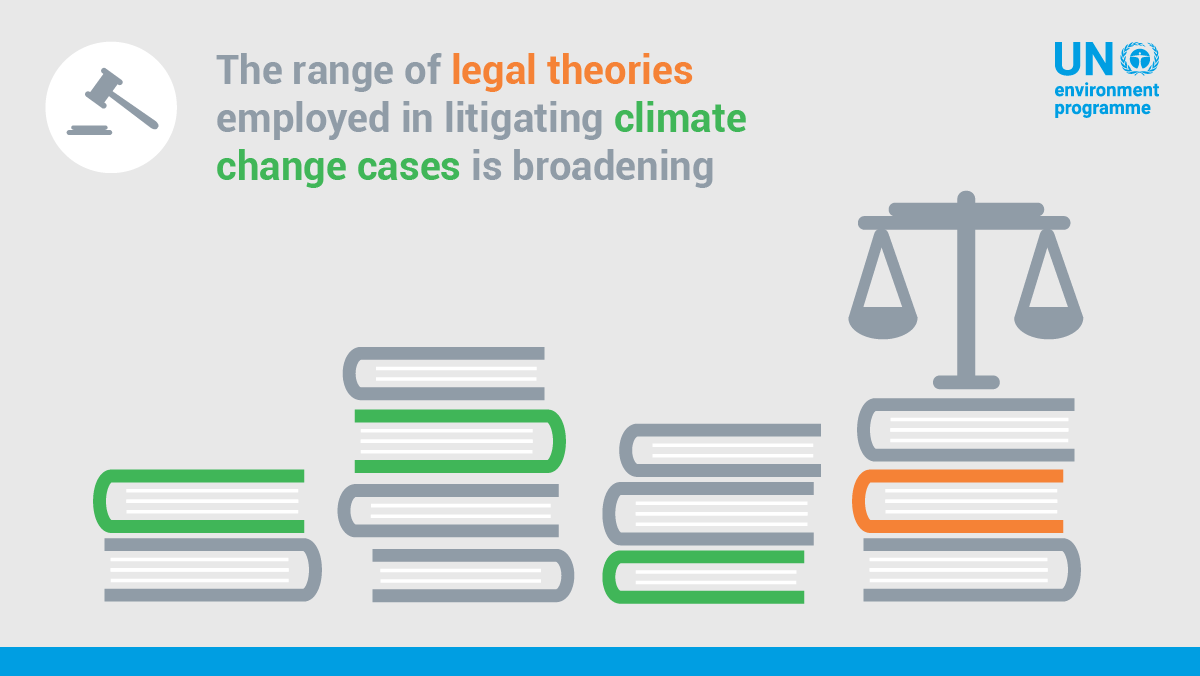 Photo: UNEP
Photo: UNEP
In the coming years, UNEP expects climate litigation to increase in national and international bodies, especially with respect to companies misreporting climate risks, governments failing to adapt to extreme weather events, and cases brought to enforce previous court decisions. A rise is also expected in cases concerning persons displaced by climate change impacts.
"Climate litigation is a key lever for keeping governments and corporations on task in the fight to combat climate change," said WCEL Member Michael Burger, Executive Director of the Sabin Center for Climate Change at Columbia Law School. "And it is a powerful tool for holding them to account for their failure to do so. Courts can equalize the power imbalances in society and give force to the rule of law.”

